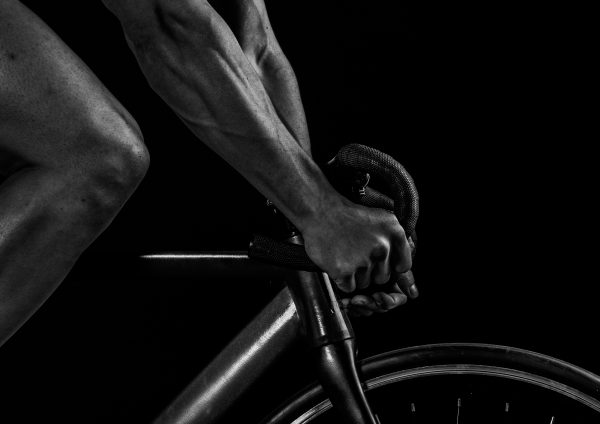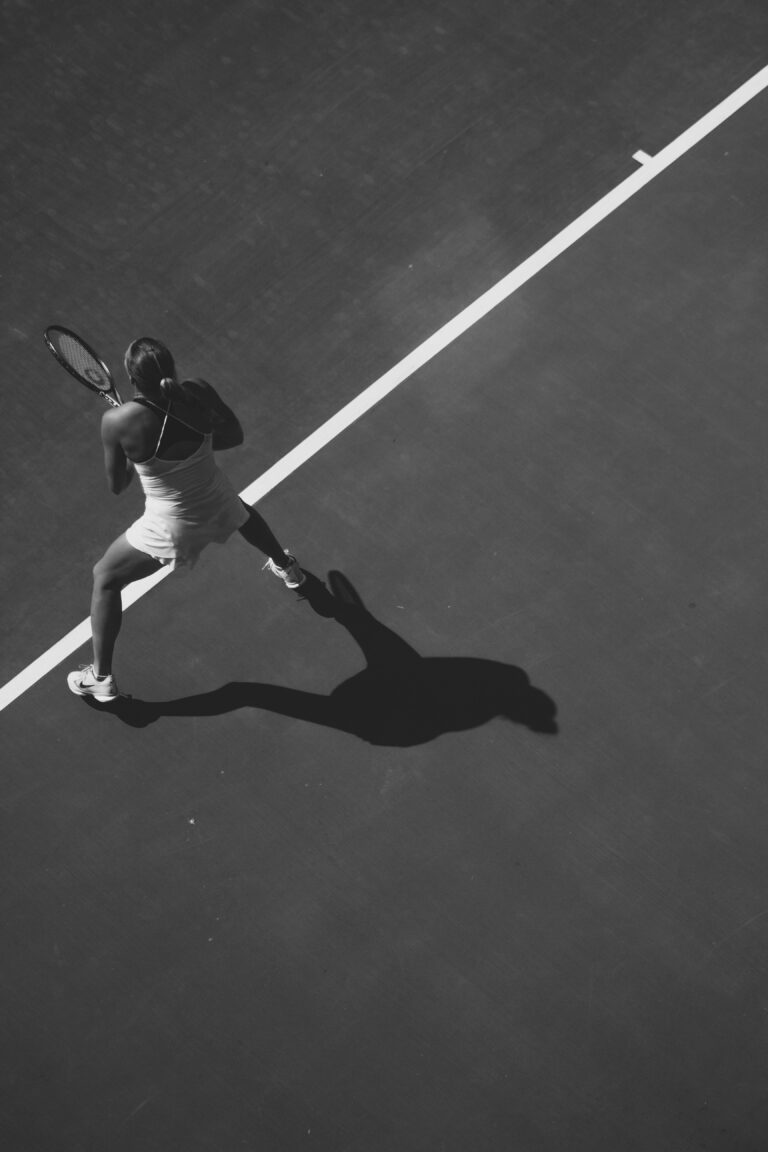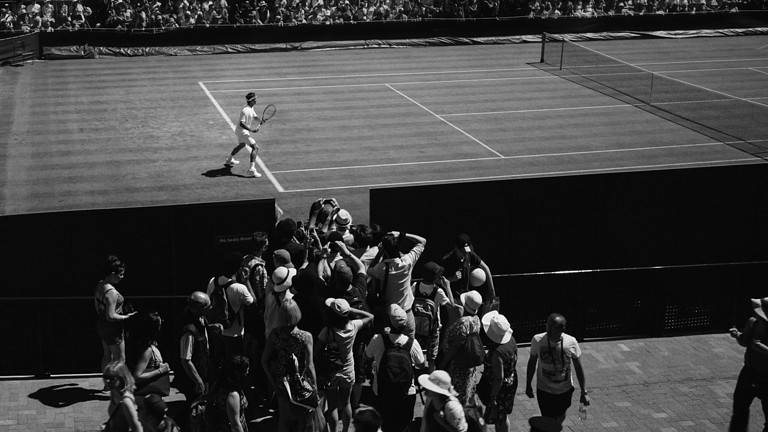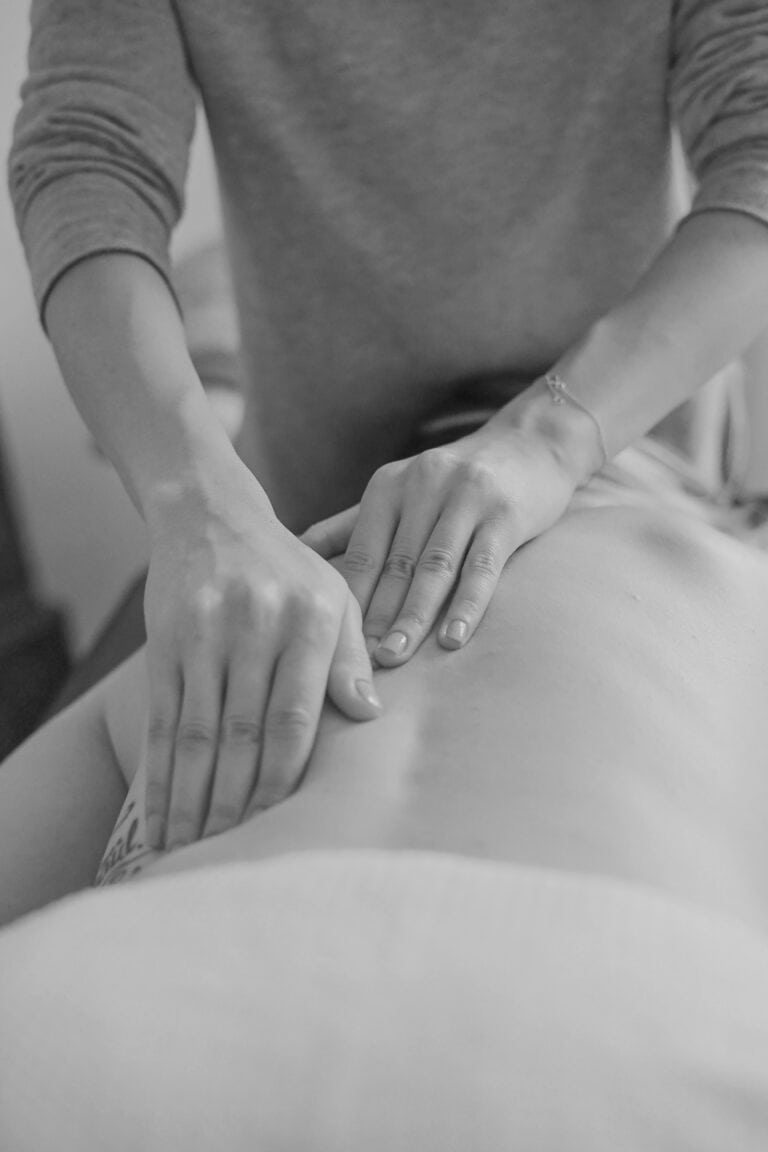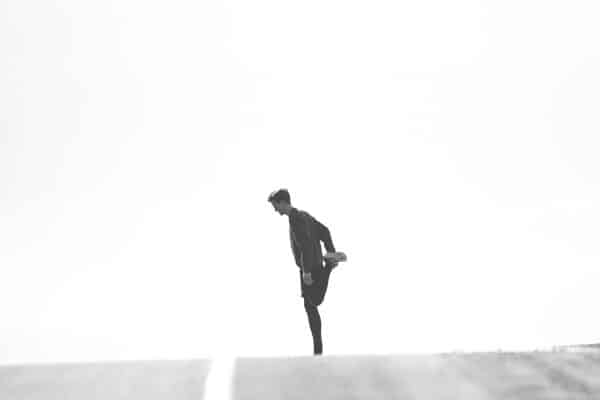1. Back bending
Problem:
By far the most common error that occurs during squatting is the lower back progressively bending during the downward phase. This occurs due to a lack of movement and control at the hips, whereby the pelvis is unable to tilt forwards during the movement. As you progress deeper into the squat the pelvis starts to tilt backwards and forces the spine to bend in order to prevent the weight of the bar moving behind you.
How to fix:
Practice maintaining a neutral spine: Place one hand on the top of your chest and another on the front of your pubic bone. As you squat down, make sure the distance between your two hands does not change.
Practice hinging at the hips: Use a stick or band positioned over the front of the hip joints a practice folding at the hips as you initiate the squat. You should allow your bottom to move backwards and your chest to come forward during the movement.
2. Decreased ankle movement
Problem:
A lack of mobility at the ankle joint does not allow the knees to progress forwards towards the toes. If this occurs, people will often compensate somewhere else by bending their back or drop their knee inwards. Both of these compensations can lead to an undesirable load on the lower back and knees.
How to fix:
Often trainers will suggest putting something under the lifters heels (like a plate) to compensate for the lack of ankle movement. The issue with this is that it can shift the lifters weight forwards onto their toes. This can result in increase stain through the knee joints and cause other issues. A better strategy is to work on stretching your calf muscles, drop the weight and decrease the range of your squat until you are able to maintain good biomechanics. From there gradually increase the depth of the squat and the weight.
3. Knee dropping inwards
Problem:
Another common problem that occurs during a squat is one or both of the knees dropping inwards during the squat. Even small deviations inwards can place excessive loads on the hips, knees and ankles, resulting in increase injury risk.
How to fix:
Your knee dropping inwards is often a result of weakness around the hips or stiffness at the ankles. To improve activation around the hips, use a loop of a band around the knees and try to maintain the tension on the band throughout the squat. Using a mirror for visual feedback is also helpful.
4. Uneven weight distribution
Problem:
Often people squatting have their weight and the weight of the bar positioned too far forward over their toes or too far back over their heels. This can lead to numerous compensations and overload various structures.
How to fix:
Try to feel the pressure of your weight centred over the middle of your feet. You should have even amounts of contact pressure between your heels and your toes. During the squat, the path of the bar should not deviate forwards or backwards during the movement.
5. Full depth squats
Problem:
Most weightlifters are aware of the strength benefits associated with full depth squats. Where the problem lies is that the majority of people lack the strength and flexibility to maintain control of their hips, lower back and pelvis beyond the horizontal.
How to fix:
Achieving a full depth squat should be a gradual progression. When looking to increase the depth of your squat, start by using a bar only until you are able to achieve correct form. As you are trying to strengthen muscles that are not used to working hard in this lower range of movement, try to build up the weight over a 4-6 week period.
Take home message
Squatting is all about efficient movement and correct biomechanics. If you are having any of the issues listed above then you are likely lifting more weight than you should be. Remember just because you can physically squat a certain amount of weight, does not mean that you should be. Take the time to learn the correct technique and avoid any problems later down the track.
For any queries or for more tips call or email us,
Dave



